The Canary Islands : Its History & Geography
The Canary Islands, an archipelago off the northwest coast of Africa, offer a captivating blend of stunning landscapes, rich history, and vibrant culture. These islands, a part of Spain, are a popular destination for tourists seeking sun, adventure, and a glimpse into a unique mix of European, African, and Latin American influences. Here’s a detailed look at their history and geography to enhance your understanding and inspire your visit.
Geographic Overview of the Canary Islands
The Canary Islands consist of eight main islands: Tenerife, Gran Canaria, Lanzarote, Fuerteventura, La Palma, La Gomera, El Hierro, and La Graciosa. These islands are located in the Atlantic Ocean, about 100 kilometers (62 miles) west of Morocco, and are the southernmost part of Spain. Each island boasts its own unique geography and charm, from golden beaches and volcanic landscapes to lush forests and rugged cliffs.
The Canary Islands’ subtropical climate makes it a year-round destination with warm temperatures, averaging 18°C (64°F) in winter and 24°C (75°F) in summer, and plenty of sunshine.

Tenerife
The largest and most populous island, is known for Mount Teide, Spain’s highest peak and a UNESCO World Heritage Site. The island offers diverse landscapes ranging from sun-drenched beaches to pine forests.

Gran Canaria
The third largest is often referred to as a "miniature continent" because of its varied terrain, which includes rolling dunes, mountainous regions, and verdant valleys.
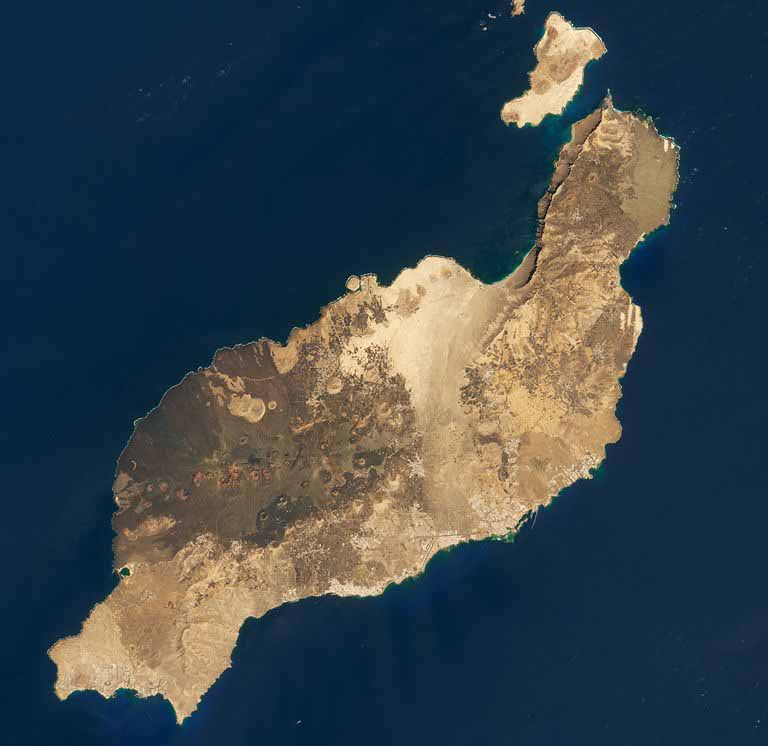
Lanzarote
Features stark volcanic landscapes, most notably in Timanfaya National Park, where the island’s volcanic origins are on full display.

Fuerteventura
The second-largest island, is renowned for its golden sandy beaches and is a favorite destination for surfers and windsurfers.
These lesser-known islands offer tranquil escapes with their unspoiled natural beauty, perfect for hikers and nature enthusiasts.

La Graciosa

La Palma
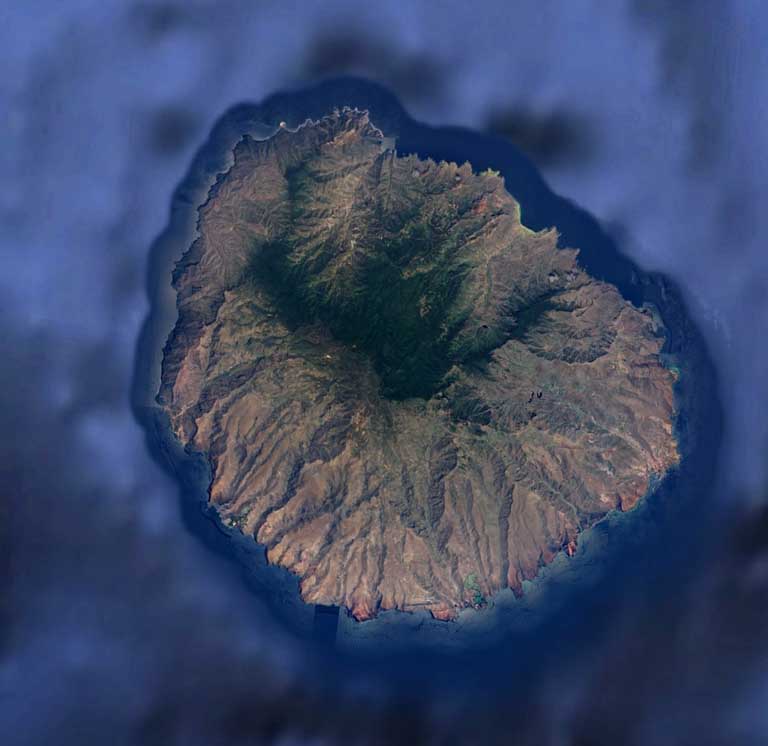
La Gomera
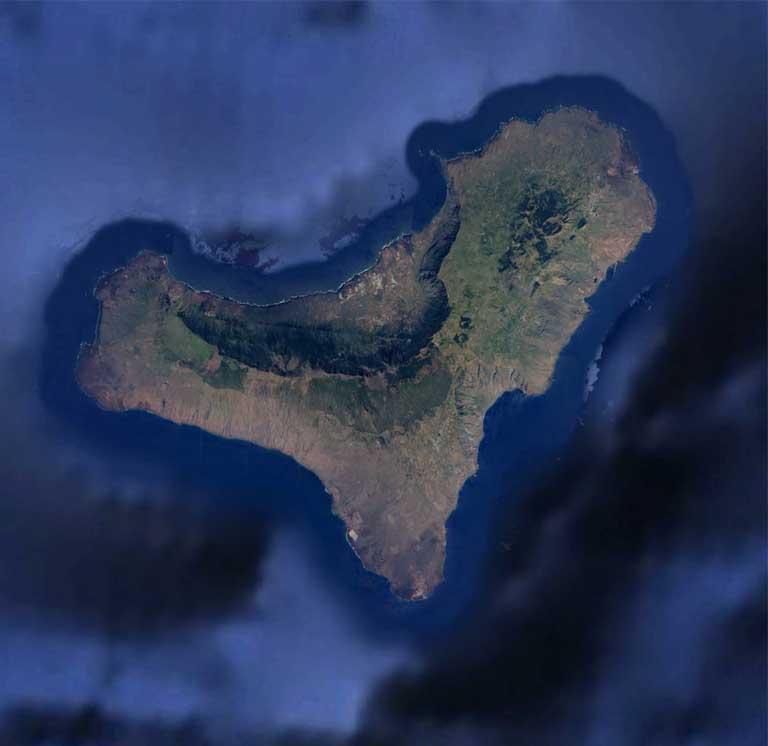
El Hierro
It is well established that all the islands are of volcanic origin. There have been repeated volcanic eruptions in the Canaries, continuing into our day.
The most recent significant volcanic eruption on La Palma in the Canary Islands occurred from September 19, 2021, to December 13, 2021.
This eruption, known as the Cumbrecita Volcano eruption, was one of the most impactful volcanic events in recent history for the island..
Volcanic Origins and Unique Ecosystems
The Canary Islands were formed millions of years ago through volcanic activity. This has resulted in a unique landscape of craters, lava fields, and dramatic coastlines. Volcanic formations such as Mount Teide and the volcanic tubes in Lanzarote are major attractions for visitors.
The islands’ diverse microclimates give rise to rich ecosystems. On the more mountainous islands like Tenerife and La Palma, visitors can explore lush laurel forests, a type of ancient woodland found only in the Macaronesia region, which includes the Canary Islands, Madeira, and the Azores.
The coastal regions offer contrasting landscapes, from the black volcanic beaches of Tenerife and La Palma to the golden dunes of Maspalomas in Gran Canaria. Fuerteventura’s extensive stretches of sand and calm turquoise waters attract beach lovers and water sports enthusiasts from around the world.
The most recent Volcanic activity was the Cumbrecita eruption which began in September 2021 and lasted for about 85 days. It was characterized by explosive activity, lava flows, and ash emissions.

The eruption significantly affected the island, leading to extensive property damage and displacement of residents.



Historical Overview of the Canary Islands
The history of the Canary Islands is as rich and diverse as its geography. The islands were originally inhabited by the Guanches, a Berber-descended people who arrived on the islands as early as 1,000 BCE. The Guanches lived in isolated communities, and each island had its own king or chief.
European Discovery and Conquest
In the early 14th century, European explorers began to take an interest in the Canary Islands due to their strategic location on the Atlantic trading routes. In 1402, Jean de Béthencourt, a French nobleman, led an expedition under the auspices of the Spanish crown to conquer the islands. Over the next century, the Spanish gradually established control over the archipelago, often engaging in fierce battles with the Guanches.
By 1496, the conquest of the Canary Islands was complete, and the islands became an important stopover for ships traveling to the Americas, which greatly influenced the islands’ cultural development. The Canaries became a melting pot, where African, European, and Latin American influences merged, creating the unique Canarian identity that remains today.
Role in the Age of Exploration
The Canary Islands played a crucial role during the Age of Exploration. Famous explorers like Christopher Columbus stopped at the islands on their voyages to the New World. In fact, Columbus made a famous stop in La Gomera in 1492 before his transatlantic journey, and this link to the Age of Discovery has become a significant part of the islands’ historical narrative.
Economic History: Sugar, Slavery, and Trade
In the centuries following the conquest, the Canary Islands became a hub for sugar production, using enslaved labor from Africa and the indigenous population. By the 16th century, the sugar trade declined, and the islands shifted to other crops like wine, cochineal (used for dye), and later bananas and tomatoes, which remain key exports today.
The islands also became a target for pirates and privateers, drawn by the wealth moving through the archipelago. Numerous battles between European powers and pirate raids shaped the islands’ military history, evident in the fortresses and castles that still dot the islands.
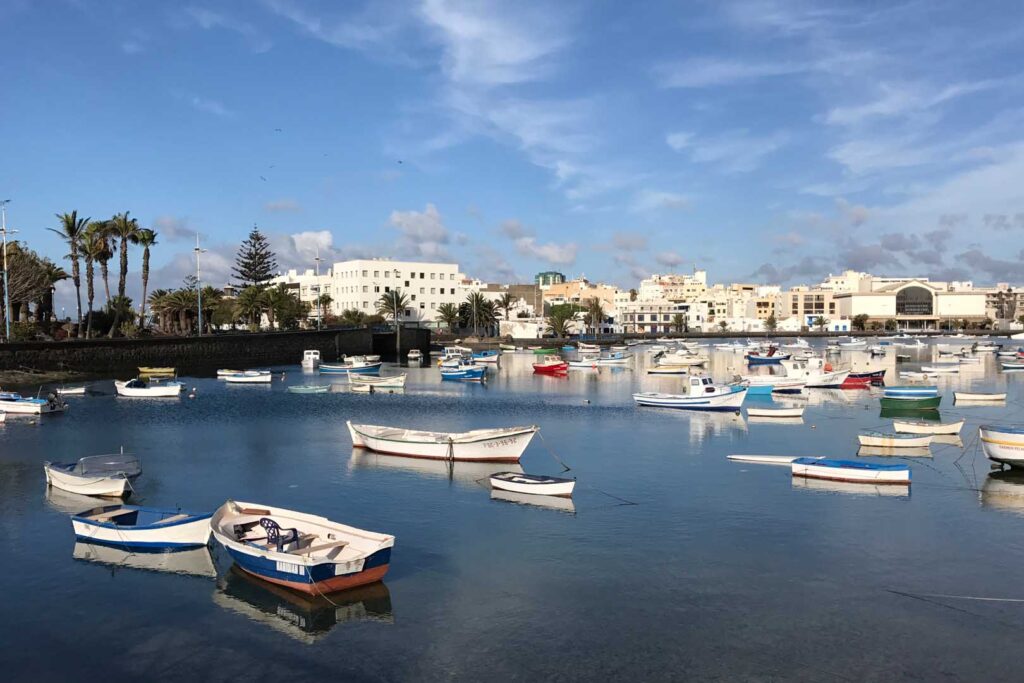

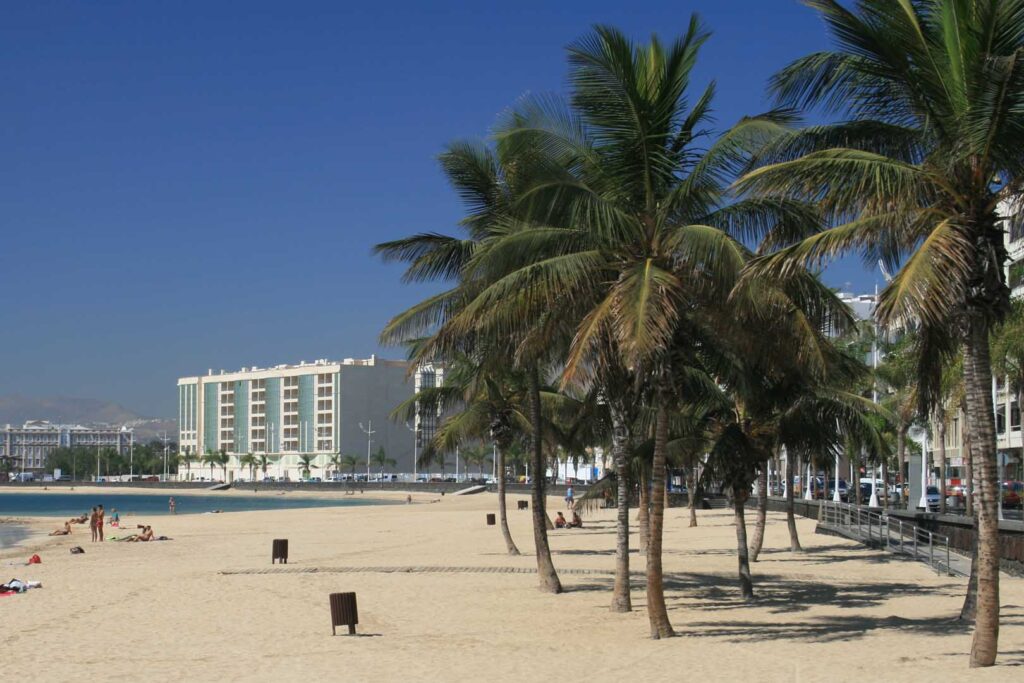
Modern History and Autonomy
In the 20th century, the Canary Islands faced significant emigration as people sought better opportunities abroad, particularly in Latin America and mainland Spain. However, the mid-20th century saw a boom in tourism, which revitalized the islands’ economy.
In 1982, the Canary Islands were granted autonomous community status within Spain, giving the islands greater control over local affairs. Today, tourism is the backbone of the economy, with millions of visitors arriving each year to enjoy the islands’ beaches, hiking trails, and cultural attractions.
Cultural Heritage and Festivals
The Canary Islands boast a vibrant cultural scene influenced by their history. Festivals play a significant role in Canarian life, with colorful celebrations such as the Carnival of Santa Cruz de Tenerife rivaling those in Rio de Janeiro. Traditional Canarian music, dance, and cuisine also reflect the archipelago’s multicultural past.
Cuisine in the Canary Islands is a reflection of its agricultural roots and seafaring history. Local dishes often feature fresh fish, potatoes, and the famous “mojo” sauces. Visitors should also try gofio, a traditional Canarian flour made from roasted grains, often used in desserts and soups.
Why Visit the Canary Islands?
With a rich tapestry of history, breathtaking landscapes, and a unique cultural blend, the Canary Islands offer something for every traveller. Whether you’re looking to relax on sun-drenched beaches, hike through volcanic craters, or explore charming towns with colonial architecture, the Canary Islands provide a perfect balance of adventure and relaxation.
These islands are an ideal destination for year-round holidays, with mild, sunny weather, diverse activities, and a fascinating history waiting to be discovered. For eco-tourists, the islands offer a wealth of UNESCO Biosphere Reserves, protected national parks, and marine life for diving enthusiasts. Families, couples, and solo travelers will all find their ideal getaway in this Atlantic paradise.


The information contained above is accurate at the time of uploading should ammendments need to take place, then this will be carried out on the next upload.
Photo Gallery: Lanzarote-UK
